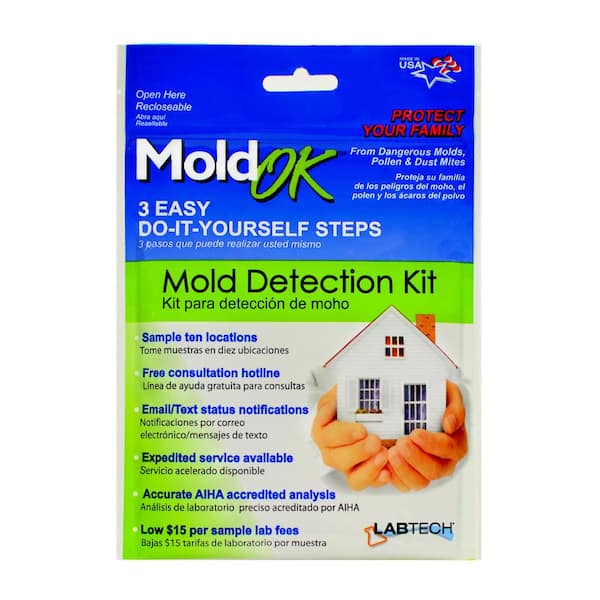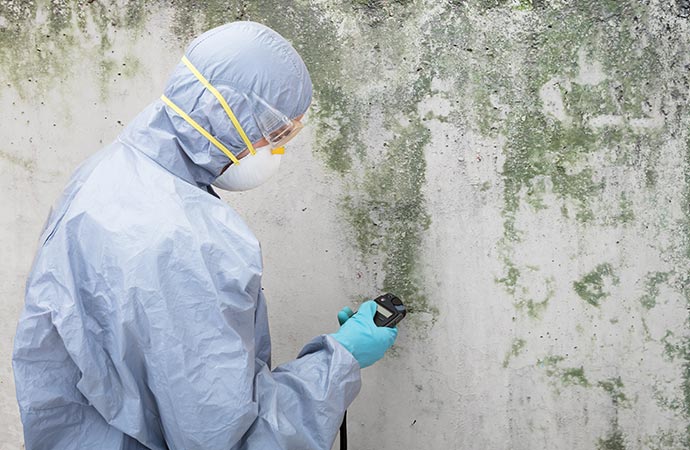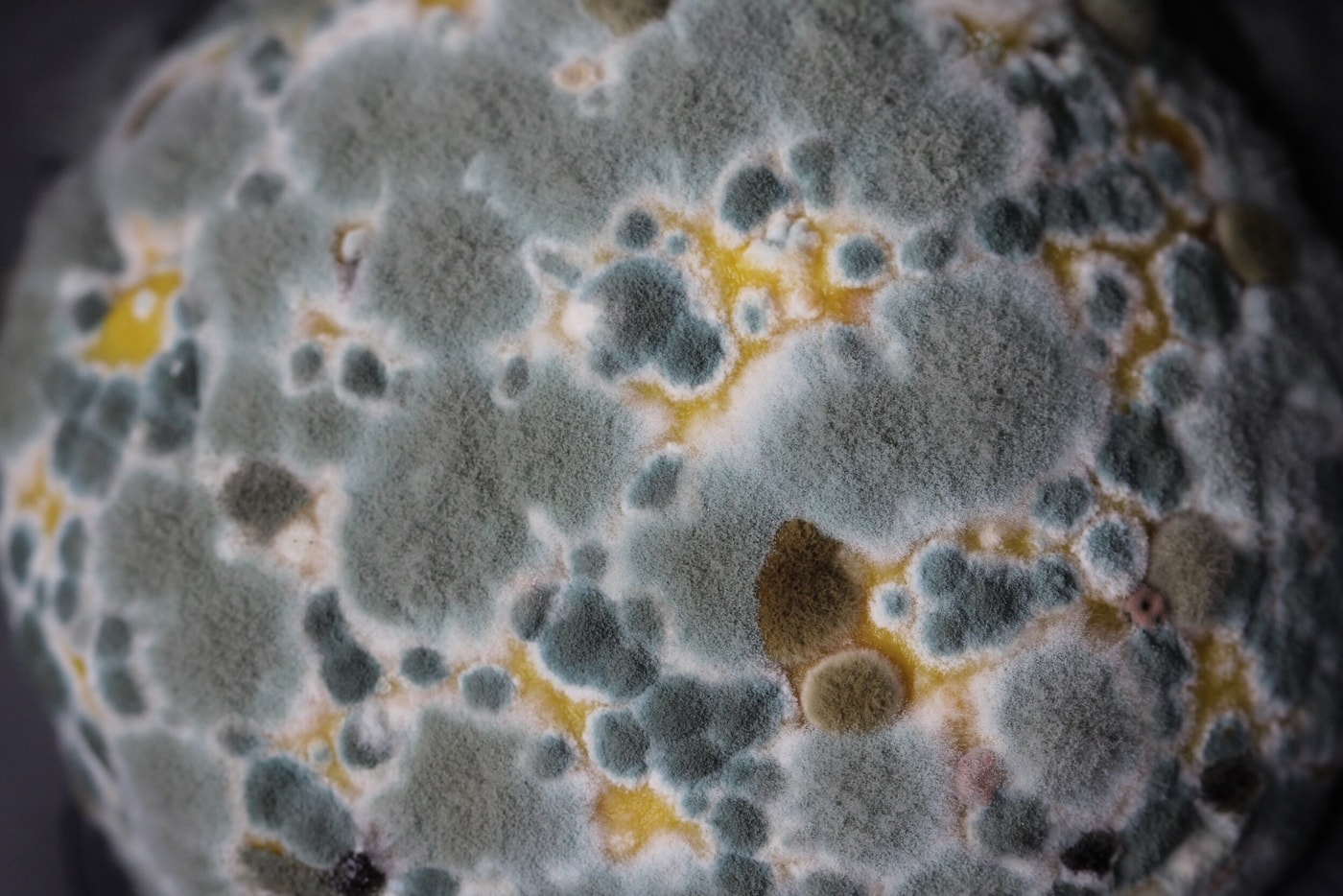The Role of Mycotoxin testing Services in Food and Feed Safety And Security
The Role of Mycotoxin testing Services in Food and Feed Safety And Security
Blog Article
How Mycotoxin Screening Helps Protect Against Contamination and Protect Food Supplies

Mycotoxin testing is an essential practice in the food sector, serving as a frontline protection against contamination by harmful toxic substances produced by mold and mildews. With the application of innovative techniques like High-Performance Liquid Chromatography (HPLC) and Fluid Chromatography-Mass Spectrometry (LC-MS), food manufacturers can precisely find and measure mycotoxin degrees in farming products.
Comprehending Mycotoxins
Comprehending mycotoxins begins with acknowledging that they are hazardous second metabolites generated by particular mold and mildews, which can infect agricultural products. These metabolites are not vital for the development or reproduction of the fungis yet can have extreme effects for human and animal health and wellness. Mycotoxins are generally found in staple crops such as corn, wheat, barley, and nuts, where they can proliferate under specific conditions of moisture and temperature.
There are several kinds of mycotoxins, each created by different fungal species. Aflatoxins, created by Aspergillus types, are amongst one of the most well-known, understood for their carcinogenic residential or commercial properties. Another significant group consists of ochratoxins, generated by Aspergillus and Penicillium types, which have nephrotoxic impacts. Fusarium varieties generate fumonisins and trichothecenes, both of which are connected with different severe and persistent health and wellness concerns.

Dangers of Mycotoxin Contamination
The threats of mycotoxin contamination are multifaceted, positioning considerable dangers to both food safety and security and public health and wellness. Mycotoxins, hazardous compounds generated by particular sorts of fungis, can infect a large range of agricultural products consisting of grains, nuts, spices, dried fruits, and coffee. When these toxic substances infiltrate the food supply, they can bring about significant health and wellness issues such as liver damages, kidney failing, and even cancer cells. Prone populations, consisting of kids, the elderly, and immunocompromised people, are especially in jeopardy.
Financial effects are an additional major concern. Infected crops can lead to considerable financial losses for farmers and food manufacturers as a result of lowered returns and the need for expensive decontamination procedures. Furthermore, international profession can be significantly impeded as countries implement rigorous mycotoxin policies to safeguard their populations, causing rejected deliveries and stretched profession relationships.
Environmental aspects such as environment modification aggravate the risk of mycotoxin contamination. Variations in temperature and moisture can develop beneficial problems for fungal development, increasing the probability of contamination occasions. Thus, understanding and alleviating these risks are vital for ensuring the security and honesty of international food materials.
Approaches of Mycotoxin Testing
Precisely recognizing mycotoxin contamination in agricultural products is crucial for securing public health and preserving food security criteria. Various methods are utilized to identify and quantify mycotoxins, each offering details benefits and constraints.
High-Performance Fluid Chromatography (HPLC) is a commonly utilized technique because of its high level of sensitivity and accuracy. It involves separating mycotoxins from other compounds in an example, enabling precise quantification. Similarly, Liquid Chromatography-Mass Spectrometry (LC-MS) combines liquid chromatography with mass spectrometry to offer comprehensive molecular info, making it specifically helpful for determining multiple mycotoxins simultaneously - Mycotoxin testing Services.

Gas Chromatography-Mass Spectrometry (GC-MS) and Thin-Layer Chromatography (TENDER LOVING CARE) are additionally used, each with unique applications. GC-MS works for volatile mycotoxins, while TLC provides an easier, affordable option for preliminary screening.
Benefits of Regular Examining
Normal screening for mycotoxins in farming items uses countless advantages, significantly contributing to public health and wellness and food safety. By identifying contamination early, regular screening aids stop the circulation of poisonous foods, therefore decreasing the risk of mycotoxin-related diseases among customers. This aggressive technique not just safeguards human wellness but also enhances the overall quality of food supplies.
Various nations and regions have established rigorous restrictions for mycotoxin degrees in food and feed. Sticking to these limitations via regular screening makes certain that manufacturers and distributors satisfy lawful standards, thus staying clear of penalties and trade obstacles.
Additionally, routine mycotoxin screening can result in substantial economic advantages. Early discovery of contamination permits prompt treatment, decreasing possible losses from widespread contamination. Applying regular screening protocols can additionally reduce recall expenses and relevant obligations, which can be monetarily devastating.
Moreover, regular testing offers useful information that can notify far better agricultural methods and storage space problems. By comprehending patterns of contamination, manufacturers can adopt preventive procedures, thereby find decreasing future threats and contributing to the sustainability of the food supply chain.
Applying Evaluating Procedures
Applying reliable mycotoxin testing procedures is vital for making sure the security and top quality of agricultural items. Establishing a robust screening structure includes several key steps, beginning with the recognition of prospective contamination points within the manufacturing and supply chain. This consists of pre-harvest, post-harvest, storage space, and circulation stages. Each stage must be scrutinized to identify where mycotoxin contamination is more than likely to occur.
Once critical control factors are identified, picking suitable screening techniques is important. Usual methods consist of enzyme-linked immunosorbent assay (ELISA), high-performance liquid chromatography (HPLC), and mass spectrometry (MS) Each method has its weak points and staminas; therefore, picking the right one depends on the certain mycotoxin being tested, the called for level of sensitivity, and available sources.

Last but not least, incorporating the testing methods right into a detailed food security management system is advisable. This boosts traceability and allows quick corrective visit this website activities when contamination is found, therefore guarding the honesty of the food supply chain.
Final Thought
Mycotoxin testing is essential in protecting against contamination and securing food supplies by making it possible for early detection of unsafe contaminants generated by mold and mildews in agricultural items. Advanced techniques such as HPLC and LC-MS ensure conformity with security policies and shield customers from health risks. Normal screening enhances brand name credibility, economic stability, and count on food safety and security by reducing contamination-related losses and keeping high requirements in food production. Implementing strenuous screening methods is thus critical for the market's total well-being.
Mycotoxin screening is an important look here method in the food sector, offering as a frontline protection versus contamination by dangerous contaminants generated by mold and mildews. An integrated approach involving agricultural practices, storage management, and regular testing can reduce the dangers connected with mycotoxin contamination, making sure food security and public health and wellness.
The dangers of mycotoxin contamination are diverse, presenting considerable dangers to both food security and public wellness.Normal screening for mycotoxins in agricultural products provides various benefits, substantially adding to public health and wellness and food security.Mycotoxin screening is essential in preventing contamination and safeguarding food products by making it possible for very early discovery of dangerous contaminants created by molds in agricultural items.
Report this page